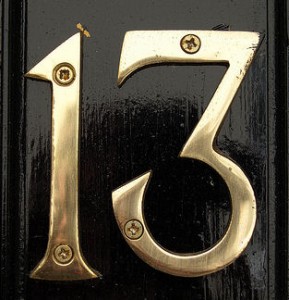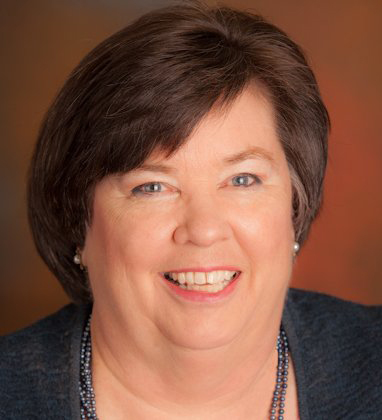
Chapter 13 bankruptcy offers a financial reorganization plan that protects the debtor from collection action during the case and discharges nearly all remaining balances at the end.
The debtor writes that payment plan; depending on the debtor’s income and assets, creditors may get only a tiny fraction of their debt paid.
At the end of the plan, nearly all the unpaid debt is discharged.
That discharge covers some debts that cannot be discharged in Chapter 7.
Chapter 13 is a powerful tool for debtors to keep their assets, regain control of their financial lives, and get a meaningful fresh start.
Why choose 13
Debtors choose to file a repayment plan under Chapter 13 when
- they owe debts not dischargeable in Chapter 7 (such as taxes, child support, or marital property settlements)
- they have liens that are larger than the value of the assets securing the debt
- they are behind on car or house payments
- their assets are worth more than the available exemptions
- they are repaying retirement fund loans not permitted in Chapter 7
- they have available income over the means test limits.
The Chapter 13 plan does not have to pay debts in full; it can provide for only fractional payment. How much the plan has to pay to creditors is a function of the confirmation tests.
The Bankruptcy Code does require that priority claims be paid in full. The most frequently found priority claims are recent taxes and family support.
Which debts are wiped out
The Chapter 13 discharge eliminates some debts that cannot be discharged in Chapter 7, like recent tax penalties and non support debts incurred in the course of a divorce.
It permits the debtor time to pay debts that can’t be discharged in either chapter, like recent taxes or back child support; to cure defaults on home mortgages; and to eliminate liens to the extent the lien is greater than the value of the asset.
More on reducing or eliminating liens
Who can file Chapter 13?
To file Chapter 13, you must be
- an individual (no corporations or partnerships);
- have a regular income greater than your reasonable living expenses; and
- have liquidated debts that total less than 2,750,000.
A liquidated debt is one where the amount the debtor owes is known, or capable of easy calculation. For example, a loan is a liquidated debt; the damages owing in an auto accident are usually unliquidated until judgment is entered.
Effect of prior bankruptcies
While you can only file Chapter 7 every 8 years, you can file a Chapter 13 bankruptcy even if you got a Chapter 7 discharge less than 8 years ago.
A strategy frequently used is to file Chapter 7 to discharge those debts that are dischargeable, and file a subsequent Chapter 13 to repay those debts that were not discharged in Chapter 7.
This sequence is sometimes called a “Chapter 20”, a 7 plus 13. In fact there is no Chapter 20 of the Bankruptcy Code, just this shorthand term.
This approach is limited by the provisions of the 2005 amendments which allow a discharge in a subsequent 13 only when specified time has passed.
- How Chapter 13 works
- How much do you have to pay creditors in Chapter 13
- What if life changes during Chapter 13
Image courtesy of chrisinplymouth.
